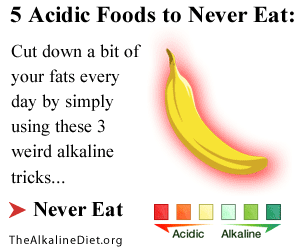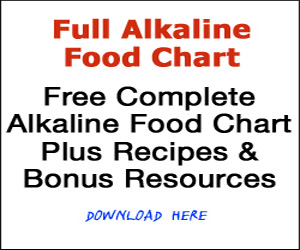Information Regarding pH Levels and Energy Regulation
It is noteworthy to acknowledge the presence of pH levels in bodily fluids, including the bloodstream. pH, denoting the degree of acidity or alkalinity in a substance, is gauged on a scale ranging from 1 to 14, where 1 indicates extreme acidity, 7 signifies neutrality, and 14 represents high alkalinity. Remarkably, the bloodstream meticulously maintains a pH range of 7.35 to 7.45, subtly favoring alkalinity. This equilibrium holds significance for various physiological processes, particularly energy regulation.
The pursuit of this balance is pivotal due to its profound impact on energy levels. Analogous to the performance of an automobile, wherein the quality of fuel influences acceleration, handling, and overall functionality, the body operates as a finely calibrated mechanism reliant on optimal fuel intake. The optimal fuel for the body constitutes a customized blend, inclined towards alkalinity over acidity.
This preference for alkalinity fundamentally stems from its effects on the bloodstream, likened to a bustling superhighway traversing the body’s expanse. Red blood cells, akin to commuters navigating this thoroughfare, possess inherent negative charges, which prevent undesired collisions and congestion. Disruption of this negative charge, typically catalyzed by acidic influences, prompts the aggregation of red blood cells, culminating in obstructed circulation akin to freeway gridlock.
Consequently, this physiological stress precipitates a cascade effect, depleting energy reserves and inducing lethargy. Acidic intrusions into the bloodstream dismantle the protective negative charge encasing red blood cells, thereby impeding fluid circulation and exacerbating cellular dysfunction.
Mitigating such detrimental effects necessitates a conscientious approach towards dietary habits. The genesis of red blood cells, integral to bloodstream integrity, is intricately tied to dietary intake. During the digestive process, remnants of acidic byproducts accumulate, taxing the body’s excretory mechanisms. Excessive accumulation, beyond the body’s capacity for elimination, prompts storage within bodily tissues, engendering a corrosive milieu detrimental to cellular vitality.
The ensuing cellular degradation, precipitated by prolonged exposure to acidic waste, exacts a toll on energy reserves and renders the body susceptible to maladies. Safeguarding against this insidious decline mandates prioritizing energy optimization, facilitated by dietary modifications. Aligning dietary choices with alkaline-rich foods effectively curtails the accrual of acidic waste, thereby fostering a milieu conducive to robust health.
The axiom “you are what you eat” underscores the profound influence of dietary habits on bodily function. By conscientiously moderating the intake of acidic foods while augmenting alkaline-rich alternatives, such as advocated by the pH miracle diet, individuals can bolster stamina, endurance, and overall physiological performance, thereby fortifying the body’s resilience against degenerative processes.




